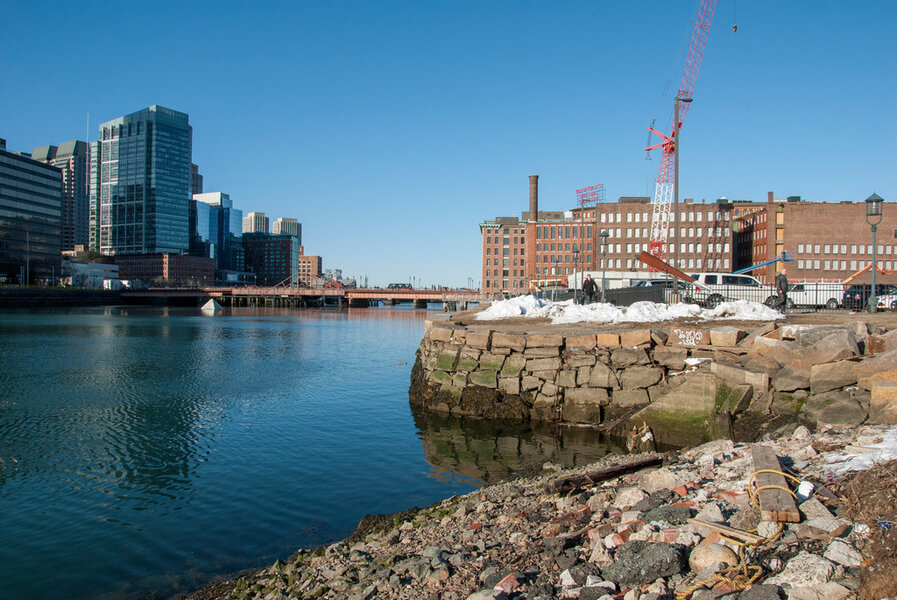Climate resilience as a path to clean energy
Loading...
A recent study found many birds in California build nests about a week earlier in the year than their species did nearly a century ago. Why? The earlier time is closer to the temperature for breeding by about 2 degrees F. than a few decades ago. Somehow each new generation of birds learned to adjust to the warming trend.
Worldwide, scientists have begun to search for examples of climate adaptation among animals, plants, and especially humans. Some species, for instance, will find they can survive at higher and cooler elevations. Some may thrive in lower areas to avoid an increase in rain or snow. Such adjustments reveal a resiliency built into most species after eons of habitat change on Earth.
The new weather patterns are likely to persist for decades even as countries try to reduce carbon pollution and head off higher global temperatures. This is driving a new interest in adaptation, notably the need to speed up the response of species that may not be able to change fast enough.
In areas that experience a rise in wildfires, for example, tree species that tolerate greater heat could be planted. For farmers, new types of field crops that can endure drought and heat could be developed.
In the oceans, scientists are experimenting with ways to make coral reefs more resilient to warmer waters. The reefs are crucial breeding grounds in the underwater chain of life. Coral might eventually be able to adapt to warmer temperatures on its own, but the rise in temperature may be just too much, too fast without some help.
Humans of course are adapting, motivated in part by insurance companies demanding higher premiums for weather-related coverage but also out of an increasing desire to help others in need as well as future generations.
In low-lying coastal areas, people are making plans to deal with rising seas. In warming cities, people are creating green spaces and planting trees – proven ways of reducing temperatures in urban “heat islands.” (Cities already may be 2 to 5 degrees warmer than surrounding areas.) White roofs can reflect the sun’s heat away from the ground; “green” roofs become cool leafy gardens. Even the rain falling on roofs can be captured and used for the greening of lawns and gardens.
Wealthier countries have greater means to adjust to changes in climate. And because of their industrial legacy as early carbon polluters, they bear a moral responsibility to help less-developed countries adapt, such as through the global Green Climate Fund. Everyone sharing this common home called Earth deserves to thrive, an idea that continues to drive humanity’s increasing desire to cooperate and bring resolve to the issue of climate change.
Adaptation requires more than physical changes like higher dikes or more air conditioners. Societies must also alter their political and economic structures to build up patterns of resiliency against new types of weather.
As more countries move toward adaptation, it might even create greater cooperation in reducing carbon emissions. The endurance to adapt to weather change may help enable better endurance in adapting to lifestyles that produce less pollution.





